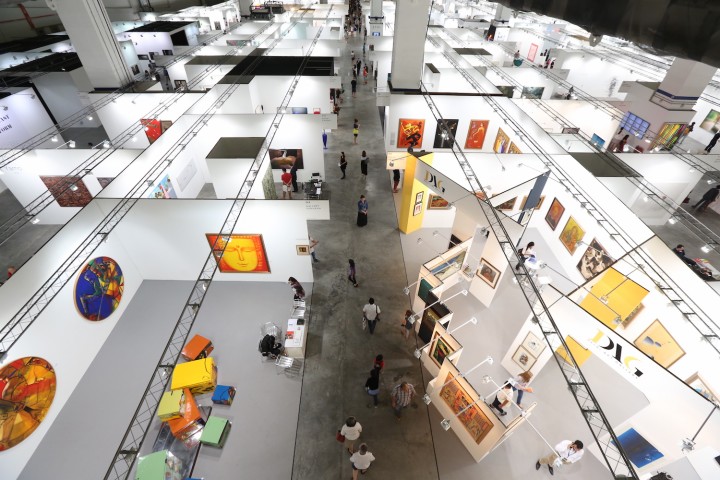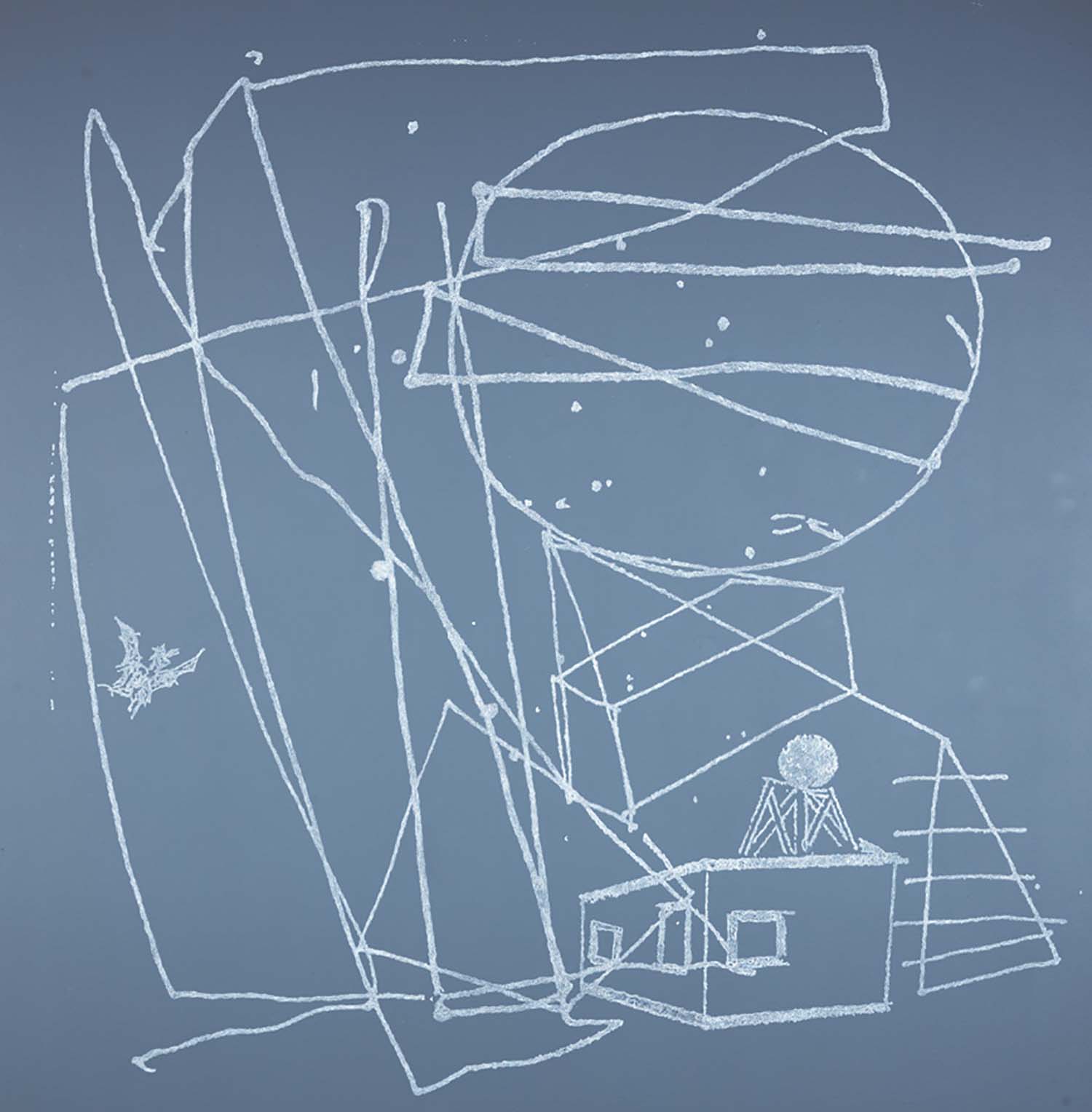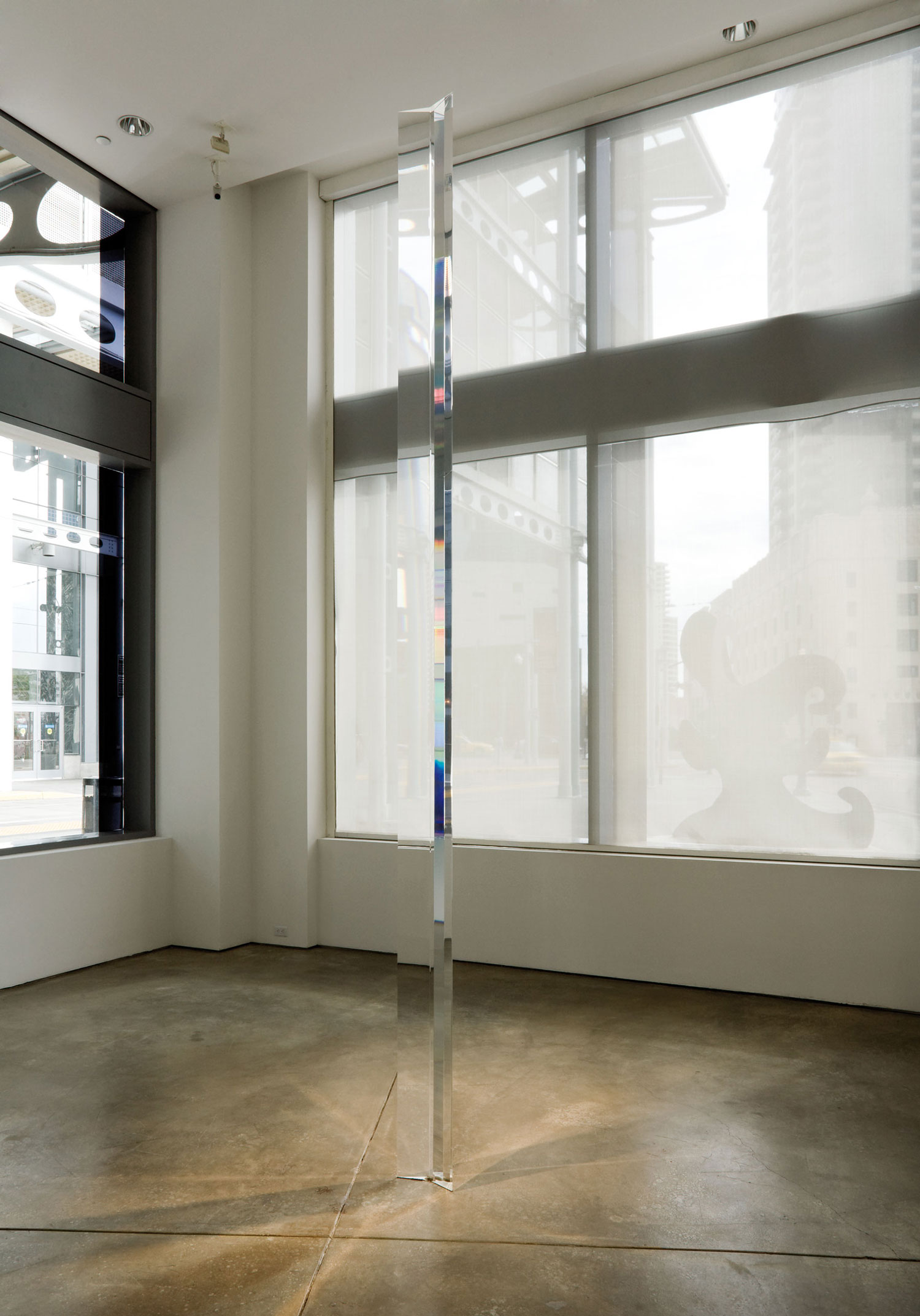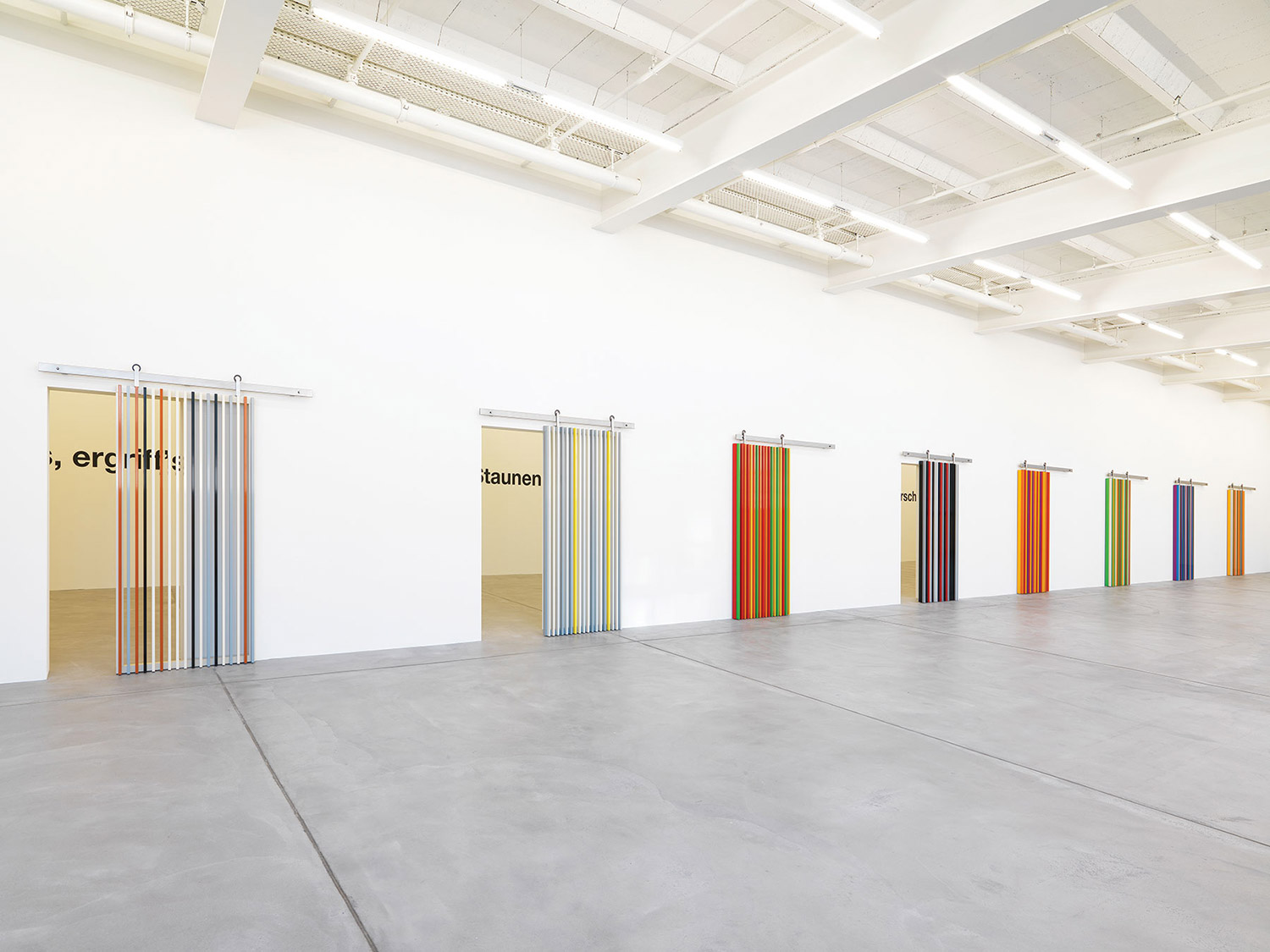
For its 2013 edition, Art Stage Singapore will launch a 1,000-square-meter Indonesian Pavilion in direct collaboration with 30 Indonesian artists1, mostly sans gallerists. Financed by a controversial commission structure, with Art Stage receiving a dealer’s cut from the sale of works2, the Pavilion has set off intense debates in various Asian art circles. This is especially so because of its conception by Lorenzo Rudolf, an experienced art fair director who has said he wants to see “top Asian artists presented by Asian galleries and not only by Western ones. Otherwise, we will not develop Asia as a market.”3
As much as I find the Pavilion and its commission scheme indefensible based on existing art-world conventions, I feel the hullabaloo over the controversy has omitted a deeper current, perhaps one of greater consequence: the Pavilion came about because Indonesian artists requested it. “Why?” says Christine Ay Tjoe4 , a contemporary artist based in Yogjakarta, “Why not? I think we have to see it positively. It is good for showcasing Indonesian art. Most Indonesian gallerists have so far been interested in short-term benefits. Many times they bring international curators to Indonesia to show how well connected they are and ask artists for exclusive arrangements just to have works, but it stops there. Beyond that, very few have solid long-term plans to build artists’ career. I wish they had a more long-term vision.” This view is widely shared by many of the participating artists in the pavilion.
Ay Tjoe’s candid response echoes what Rudolf has been reiterating about the art market since edition one: “Artists here have been in constant contact with big foundations and collectors who have traveled through Southeast Asia, mainly to Indonesia. They want to go international. But galleries are still doing their national thing. Soon, the artists will begin to think, sorry, how can my gallery here support me?” Well, the “soon” is here and now: Indonesian artists have chosen to do something collectively. The pavilion is their strident call for galleries to “shape up or ship out.”
In private conversations with Indonesian gallerists, a number readily admit to their lackluster commitments — but not without good reasons. Partly due to the uncertain economic climate and partly due to cost-benefit calculations, the principal factor seems to revolve around trust: the perceived “lack of loyalty from artists” makes long-term representations untenable. “It is difficult to invest long term when young artists themselves are only looking for a shop front for their exhibitions. Then when they become known, they gallery hop. Look, I’m on a four-year waiting list for a work of an artist I spotted and developed. After a while, I ask myself, Why bother? As for the top twenty artists, they think they can do it on their own, they do not need a dealer,” said a veteran gallerist who requested anonymity. “I admit, this is an internal conflict between Indonesian artists and gallerists. If we had gotten our act together, this would not happen. We only have ourselves to blame.” Some of these gallerists stated their intention to withdraw from the fair, as “it almost feels wrong to participate.” Being a part of it would send a message that they condone such an act.
Therein lies the muddy deadlock that Art Stage has allowed itself to step into. However understandable the contributing circumstances, I wonder if the reasons fully justify the means. I told Lorenzo I found it inconceivable that a veteran like him would not foresee such repercussions. To that, he offered his strong conviction about the readiness of Indonesian art for the international art market. He argued that having the vibrant Indonesian scene unrepresented at the fair would be a greater damage, adding, “My experience tells me that there is resistance with everything that is new.” Wherever this triangular quandary heads, one thing is clear: Artists are the ones in the driver’s seat. It is imperative that they navigate with some kind of an overarching map.
I remember a conversation I had with Uli Sigg, a leading collector who has witnessed the development of the Chinese contemporary art scene.5 “[In the past], Chinese artists have sold their works to whoever appeared. They didn’t care if that work would go somewhere where it would produce a multiplying effect, or be seen by the right people; they were just desperate for material reasons. Later, they decided to trade their own art, because galleries couldn’t add much value. They couldn’t produce a book for them; they might not be able to do an exhibition for them; so, why give them a commission because they sell something? Very understandable. The fact that artists dealt directly and chose not to go through the gallery system also meant that they might not be supported in exhibitions because they have no lobbyists to do the work. Artists must produce the art, they must lobby for it, they must sell it. Yes, the selling became easy, but many of them gave up a more successful career because of not wanting to be part of this art operating system, which emerged slowly, but is here now. In fact, every Chinese artist, at some point, confronts this decision: Do I want to be a very financially successful artist in China? Or do I have the ambition to launch a worldwide career? This is a much harder path, because artistic and financial success will be much further away. Sometimes artists do not make this decision consciously.”
Indonesian artists are perhaps at this same crossroads. The Southeast Asian art market is certainly at the cusp of unprecedented change. The Indonesian Pavilion reveals that as the art market powers up and technology collapses borders and facilitates access, artists benefit from such empowerment and are in a position to exercise it. While opportunistic in constitution, the pavilion may be an experiment that holds some important answers for its stakeholders.





